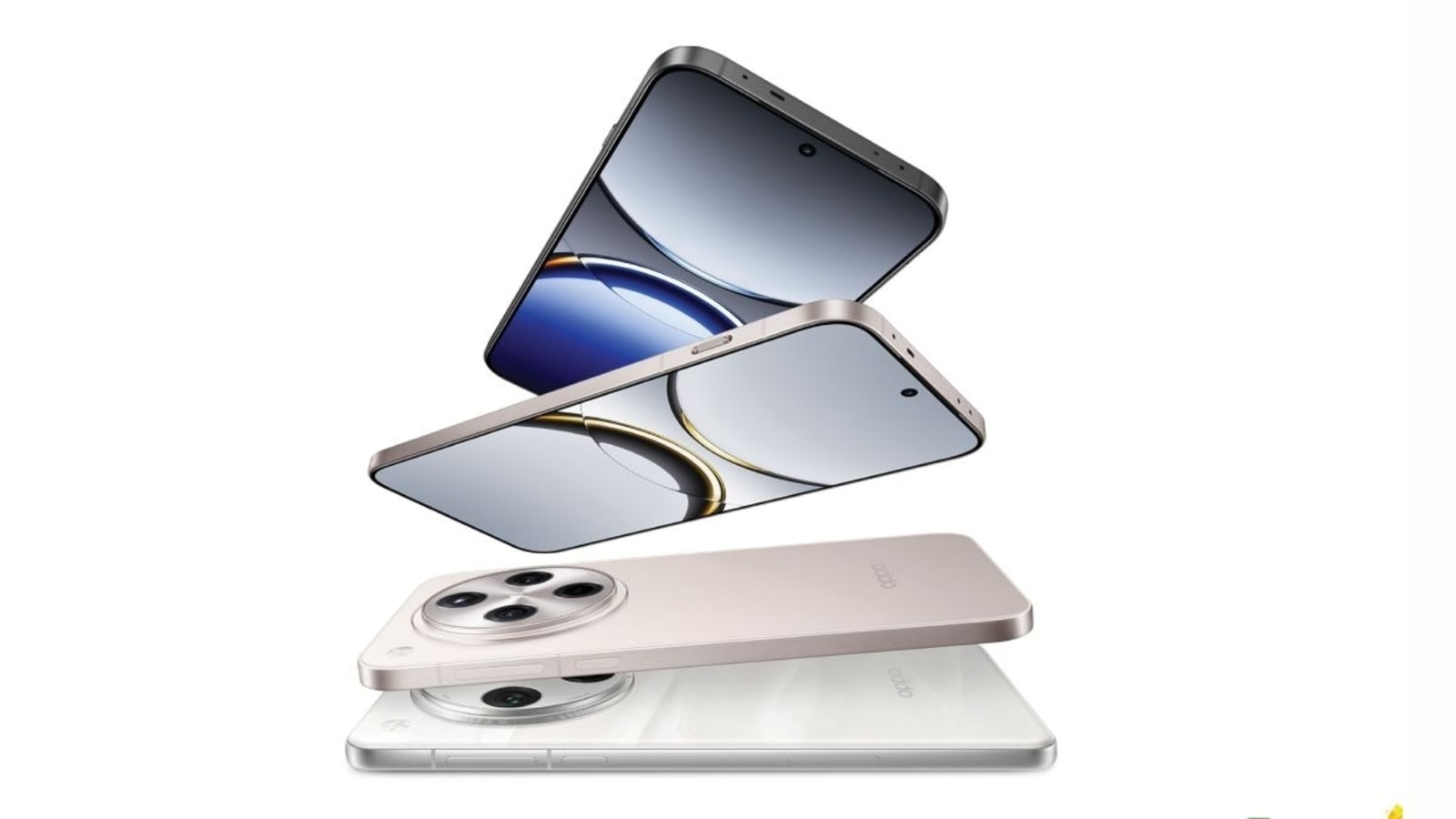
Apple will soon introduce a powerful new iPhone camera technology that could significantly improve image quality by functioning more like the human eye. According to a recent report from famed industry analyst Ming-Chi Kuo, Apple is gearing up to reveal a range of new camera lenses with variable aperture control—a first for the iPhone range. Kuo forecasts that Sunny Optical, followed by competitor Largan Precision, will become the leading supplier of these variable aperture lenses, launching with the iPhone 18 in 2026.
These new lenses bring significant quality improvements to the iPhone 18 camera by helping it adapt to a wide range of lighting conditions while simultaneously giving the camera more creative control over focus and sharpness. Variable aperture lenses have been deployed with great success in revival devices such as Huawei’s Dxomark chat-topping Pura 70 Ultra . However, Samsung dropped a similar dual-aperture feature from its Galaxy S10 series, reverting to a fixed aperture lens in the Galaxy S20 range.

So, what is a variable aperture, and why might you need one? Variable Aperture: Why Apple Might Use One Most smartphone camera lenses, including the current iPhone range, have a fixed aperture that cannot be changed. In the case of the iPhone 16 Pro Max, that aperture is written as f/1.78 and, simply put, that tells us how much light the lens can pass through to the sensor when you take a photo.
Low numbers after the “f/”, such as f/1.4, mean the lens has a larger gap, or aperture, for light to pass through, whereas higher numbers, such as f/8, denote a much smaller aperture that restricts the amount of light reaching the sensor. Choosing a wide aperture means the camera will perform better in dimly lit situations, as it can capture more light in each photo.
Too much light, on the other hand, will overwhelm the sensor. A wide aperture can become a distinct disadvantage in bright light. When there’s too much light, bright areas of the picture turn pure white, losing all detail.
In this case, reducing the aperture size can reduce the light level to a manageable range. Our eyes perform the same function—opening our pupils wide in the dark and shrinking them down to pinholes in bright light. Changing the aperture also has another important effect: it affects sharpness and focus.
Generally speaking, the widest apertures can result in images that are less sharp than those shot with a moderately narrower one. Very wide apertures will also cause focus to be sharp only at a particular distance from the camera, with foreground and background melting into a blur that’s often, but not always, desirable. This effect is also noticeable in the human eye when you might squint to see an object, or perhaps some tiny text, more clearly.
Apple’s variable aperture lens will allow the camera to adjust the size of the aperture to suit the shooting conditions, gaining improved image quality in the dark and sharper pictures with well-controlled highlights in bright light. It also opens up the possibility of manual control over the aperture so users can make creative decisions about how they want their pictures to look. Unfortunately, we won't see the results until Apple launches the iPhone 18 range in 2026.
Follow @paul_monckton on Instagram..













